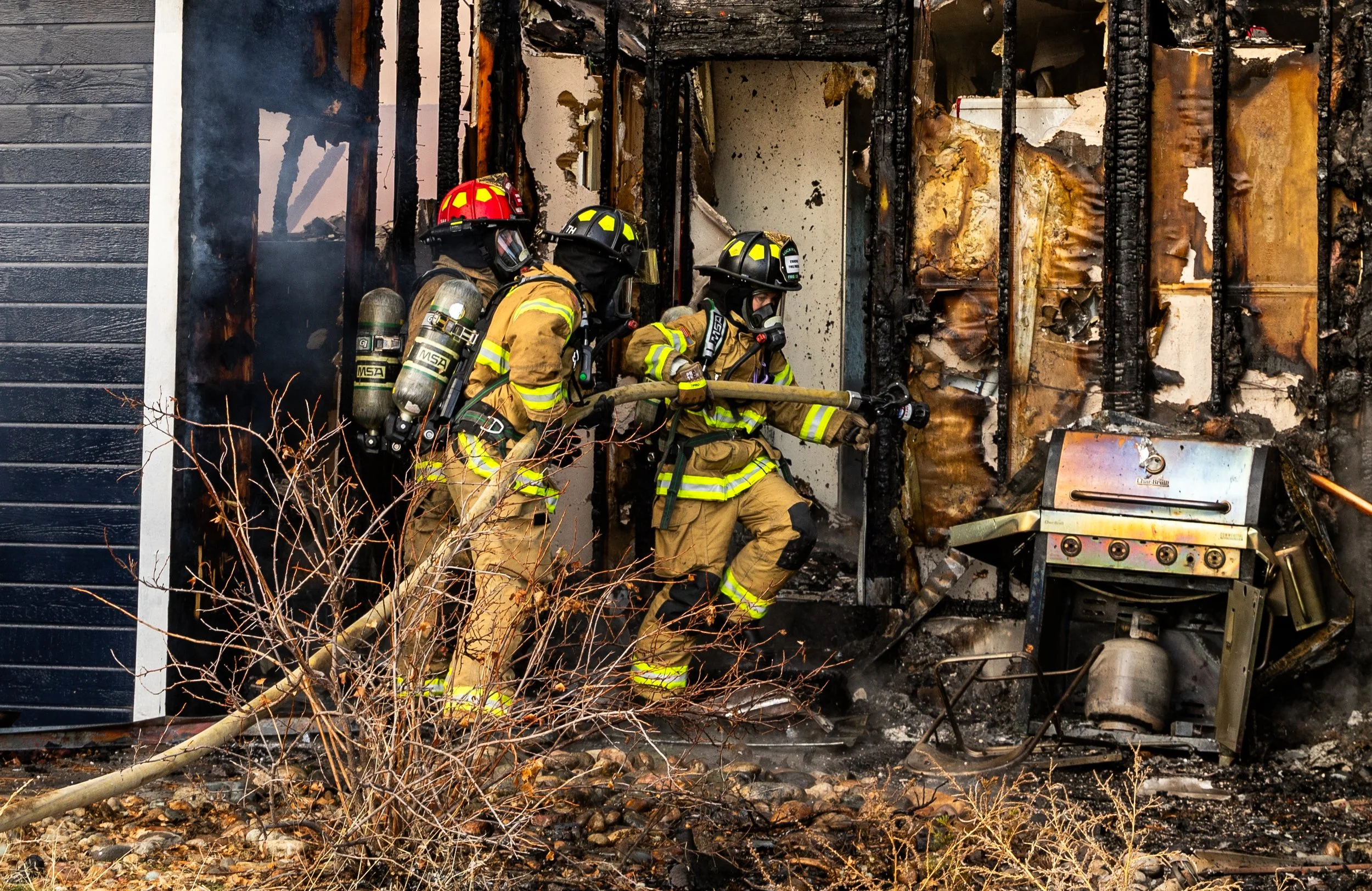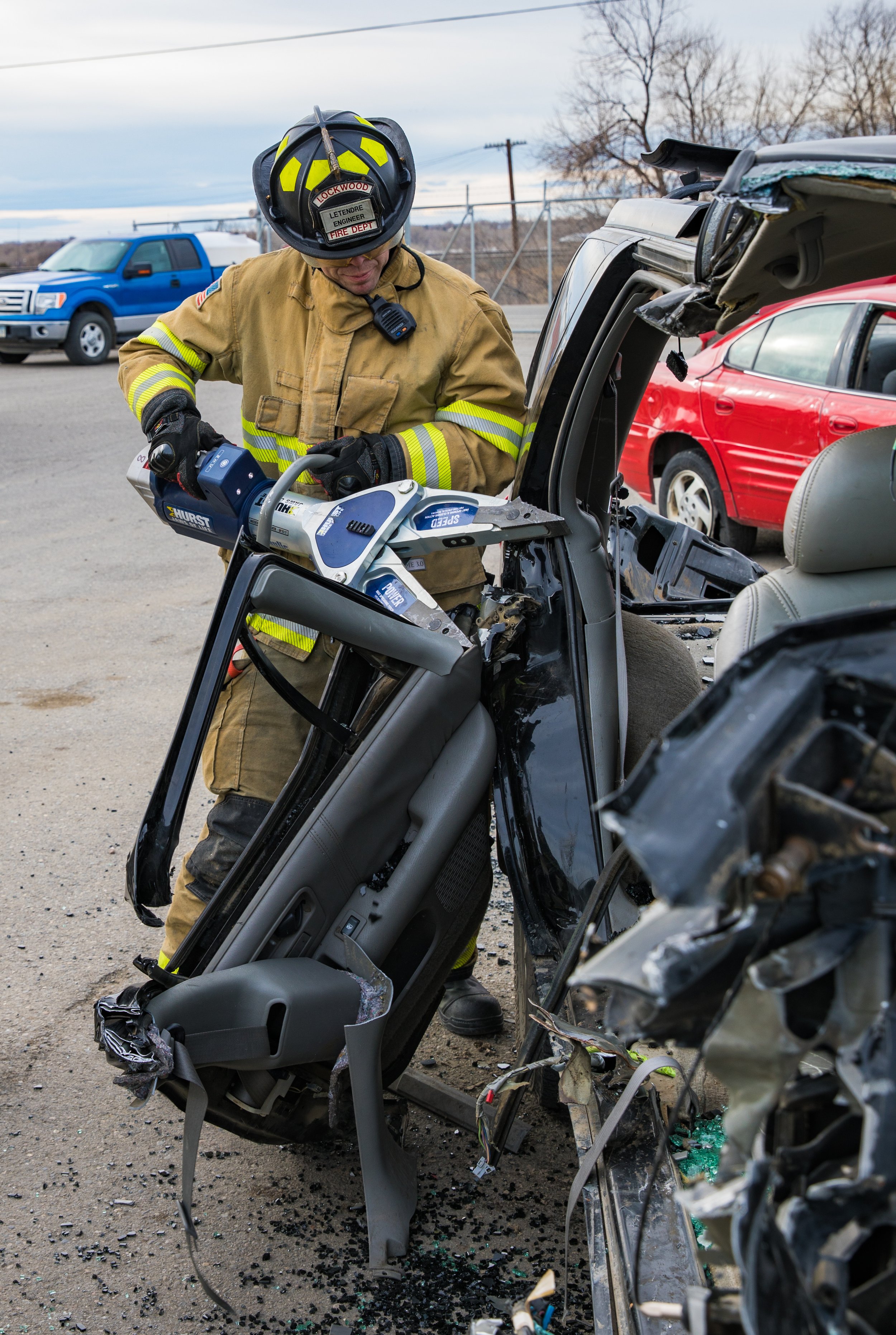About
Lockwood Rural Fire District #8 (LRFD) was formed in 1988 and the sole Fire Station is located at 501 Johnson Lane, in Billings, Montana. It is a tax-based fire district that is governed by a Board of Trustees, and is a political subdivision of Yellowstone County. The department responds to nearly 1,000 emergency incidents per year. Due to commercial and residential growth, LRFD continues to see rapid expansion within the community. An additional highway interchange across the Yellowstone River will soon connect Lockwood to the City of Billings Heights. The district currently has over 9,000 permanent residents, along with several thousand people who commute and work within the district.
The fire district is bordered by scenic cliffs to the west, “The Rims.” The Yellowstone River serves as a natural border between the City of Billings and Lockwood to the north. The Crow Indian reservation borders the southern district, and seemingly infinite grasslands spread past the eastern borders.
The LRFD response area covers over 80 square miles. This area also includes a major railway that serves several industrial sites, the Par Montana refinery, along with several miles of Interstate-90 and I-94. The LRFD protects over 235 commercial properties and 3,100 residential properties, and many of these residents are located within significant wildland-urban interface (WUI) fire areas.
Lockwood Fire provides hazardous materials response to include mitigation and incident management. The LRFD has a full set of battery-powered HURST eDraulic vehicle rescue/extrication tools (AKA “The Jaws of Life”), active fire inspection & fire prevention education programs, and other fire/rescue related services. Lockwood Fire currently operates out of one centrally located fire station.
The district currently employs 16 full-time career firefighters in addition to the Chief, Deputy Chief, and two administrative assistants. There is a minimum staffing requirement of three people per shift which includes one Firefighter, one Driver/Operator, and one Captain. Battalion Chiefs will soon join the command structure of the department. All firefighters, including the Chiefs, are required to be Emergency Medical Technicians at minimum. LRFD currently employs 15 paramedics.
The Lockwood Fire District is considered a career/combination department, because it offers a reserve program to those wanting to learn the profession. The LRFD is proud of the active reserve firefighter program, and strives to maintain up to 12 reserve firefighters. The reserves are required to work shifts with career staff and are subject to call-in for major incidents. Lockwood Fire District is the only fire based, paramedic level (ALS) transport ambulance in Yellowstone county. They provide 911-only ambulance transport with 3 ALS equipped ambulances. Lockwood Fire prides itself on maintaining progressive patient care protocols with a hands-on medical director, and cutting edge equipment.
The current apparatus fleet has two fire engines, one 65’ quint truck, one 3,000 gallon water tender, two brush trucks, three ALS ambulances, one command/support vehicle, and two Chief’s vehicles. The District protects areas serviced with a municipal water system established and maintained by the Lockwood Water and Sewer District. In addition, the LRFD protects areas within the district where there are no fire hydrants and therefore, must have apparatus to carry water to the fire area. The district, and several residents, maintain “dry hydrant fill sites” or underground water tanks with capacities of up to 30,000 gallons of water that can be used for water supply during fire suppression operations.
The LRFD has a close working relationship with the City of Billings Fire Department, all rural Yellowstone County fire departments, American Medical Response, Par Montana Refinery and their Fire Brigade, and the Yellowstone County Sheriff's Office. The LRFD is a partner in the Southern Zone Fire Council which consists of seven counties. These strong partnerships enhance the delivery of emergency services to all of the involved communities.



